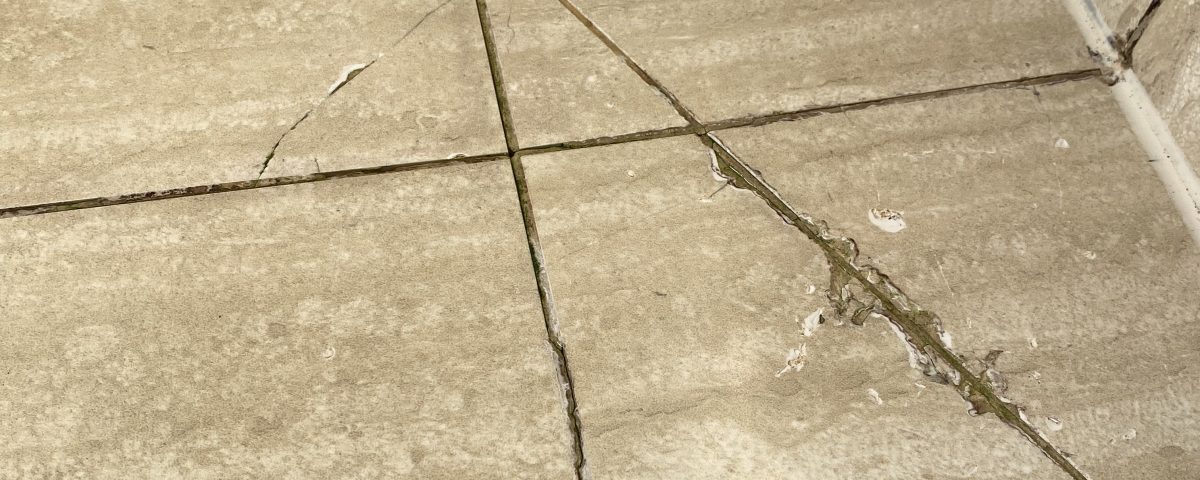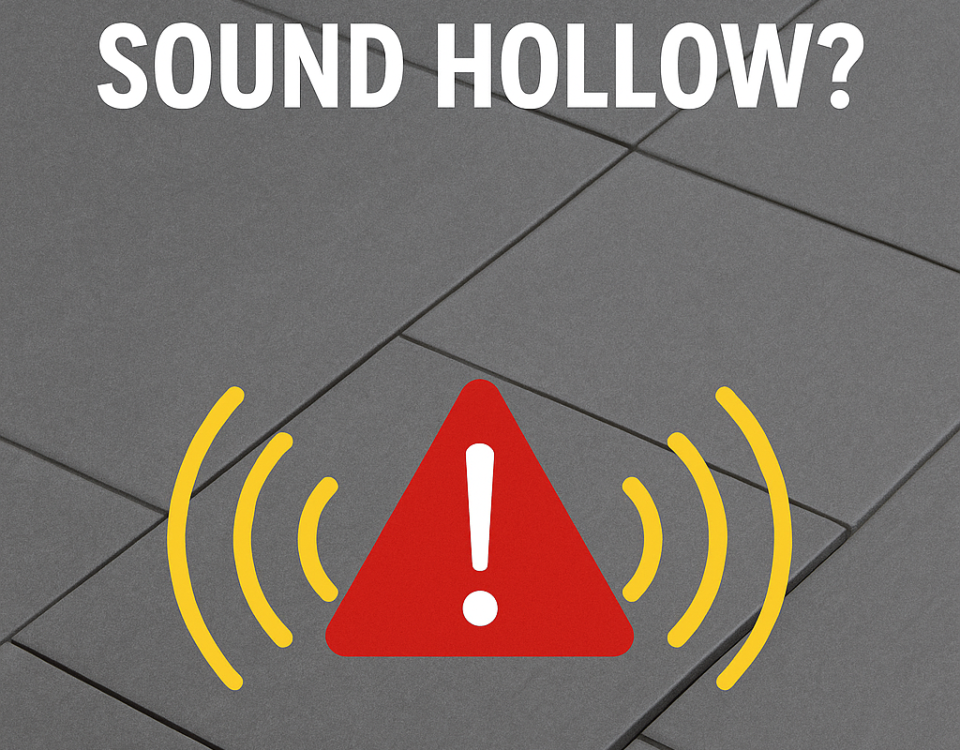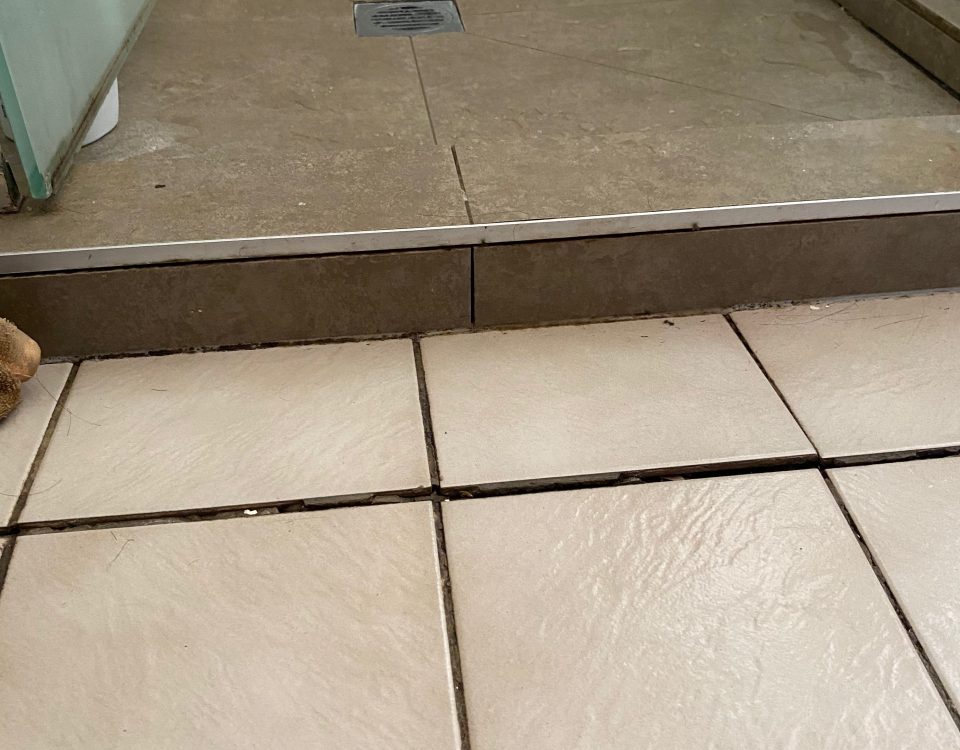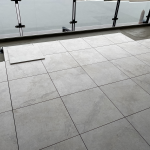
Auckland Council Requires Floating Tile Systems for Decks
May 1, 2025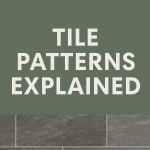
Tile Patterns Explained: Choosing the Right Layout for Your Space
May 3, 2025If you’re planning a renovation or bathroom upgrade, hiring the right tiler is key. But how do you know the job will actually be done properly?
We’ve seen too many Auckland homeowners stuck with repairs because of rushed, cheap, or careless tiling work, sometimes just months after the job’s done. Here’s how to spot the warning signs early.
Poor Surface Prep = Future Problems
A proper tiling job starts before the first tile is even laid. If the substrate isn’t clean, level, or stable, the whole job is on shaky ground.
If you’re tiling over timber or particle board, it’s not enough to just glue directly onto it. You need a proper tile underlay system to provide stability and prevent movement that could crack the tiles or grout.
Even on a solid cement base, which doesn’t require underlay, you still need to apply the right primer before the adhesive goes down. Skipping that step risks poor bonding, which can lead to tiles lifting or coming loose over time.
Surface prep is one of those things you’ll never see once the tiles are installed, but if it’s not done right, you’ll feel the consequences soon enough.
Uneven Tiles or Poor Gradient
One of the first signs of a sloppy job is grout lines that don’t line up, or messy cuts. These are obvious aesthetic signs that the contractor is cutting corners. Even worse and less obvious are uneven tile surfaces, what’s known as lippage. If tiles sit at slightly different heights or the lines aren’t consistent, it usually means the installer skipped using a levelling system or rushed the layout.
In wet areas like showers, patios, or balconies, another common issue is an incorrect fall toward the drain. Without a proper gradient, water starts to pool in corners instead of running off. Over time, that can lead to mould, rot, or leaks you can’t see until they’re serious.
Check out the sloppiest job we’ve ever been called to try to fix. We did the best we could without ripping everything out!
Wrong Glue or Bad Application
The tile might look good on day one, but if it’s not bonded properly underneath, it won’t last.
A common shortcut is spot fixing, where the adhesive is applied in dabs rather than spread evenly with a notched trowel. This leaves hollow spots under the tile that can cause cracks or full delamination.
Using the wrong type of adhesive is another issue, especially with large format tiles, outdoor installations, or wet areas. The wrong glue means movement, moisture, or weight can compromise the bond and eventually break it.
Proper tiling uses the right adhesive for the surface, full coverage, and back-buttering where needed, no shortcuts.
Rushed Waterproofing (Or None at All)
In Auckland, waterproofing wet areas isn’t optional, it’s part of the Building Code. But that doesn’t stop some tilers from cutting corners, applying it too thin, or skipping it entirely behind walls or under trays.
The problem? You won’t know it’s failed until the water damage has already started. Leaks, soft flooring, and mould behind tiles can take months to show up, but when they do, they’re expensive to fix.
Waterproofing is one of those things that needs to be done right the first time. No exceptions.
“Too Cheap to Be True” Quotes
If a quote is drastically lower than the rest, there’s usually a reason.
Maybe they’re skipping waterproofing. Maybe they’re not certified. Maybe they’re racing through a job that really needs two or three proper site visits.
Tiling isn’t just about appearance, it’s a technical trade that affects waterproofing, safety, and durability. Price is important, but so is knowing the work will hold up for years.
We’ve been called in to redo jobs that failed because of one or more of these issues, and it always ends up costing more the second time around.
If you’re planning a project and want to avoid the usual headaches, get in touch with Ray Tiling. We’ll talk you through the process and give honest, clear advice, no pressure, no shortcuts.
If you want to learn more about what we offer at Ray Tiling, check out our Auckland Tiling Services.

